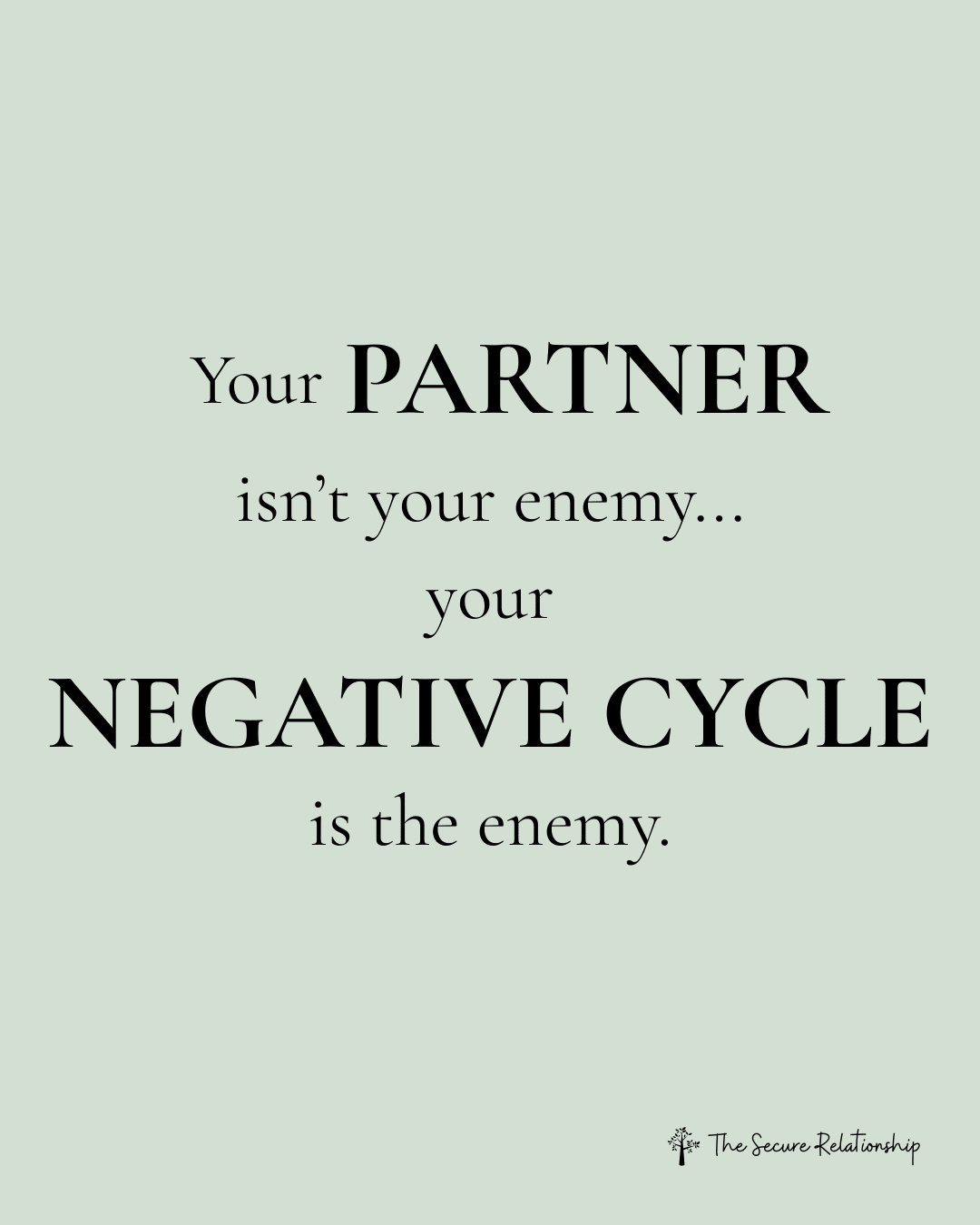Attachment Based Relationship Tips
Looking to strengthen your relationship? Our blog offers expert relationship tips rooted in attachment theory and Emotionally Focused Therapy. Learn how to identify your attachment style, communicate more effectively, and foster emotional safety with your partner. From overcoming conflict to building deeper trust, our practical advice and tools, created by couples therapist Julie Menanno, are designed to help you move toward a secure and fulfilling connection. Dive in and start transforming your relationships today!
How Do Different Attachment Styles Approach Making Sacrifices for the Good of the Relationship?
Anxious partners over-sacrifice. Avoidant partners resist change. Secure partners give for the greater good. Learn how attachment shapes relationship sacrifices.
How to Recognize Your Attachment Style in Everyday Reactions
The emotional patterns you repeat in your relationship often stem from your attachment style. This post outlines common signs of anxious or avoidant attachment.
Toxic vs. Healthy Anger: The Difference Between Reactivity and Assertiveness
Anger can divide or connect—depending on how it’s expressed. This post shows the difference between reactive and assertive anger and how to use it for deeper connection.
Before You Label Your Partner, Try This Perspective
It can feel easier to label your partner than to feel powerless. But what if the answer isn’t in blame, but in understanding the cycle? This post offers a new way forward.
After the Fight: 3 Options That Shape Your Relationship
After a fight, couples often choose between self-abandonment, protest, or repair. This post breaks down the three paths and helps you choose connection over disconnection.
A Secure Attachment Isn’t Bliss—It’s Safety
A secure relationship doesn’t feel like constant bliss. It feels safe. Valued. Trusted. Seen. This post explains what secure attachment really looks and feels like.
Julie’s Bi-Weekly Group: Grow in Real Time with Support That Sticks
Real relationship change takes repetition, reflection, and support. Julie’s Bi-Weekly Group gives you live guidance, a community of growth, and tools that last.
Why Your Partner’s Bad Mood Triggers You—and What to Do
Your partner’s bad mood doesn’t have to mean disconnection. Learn how to regulate your nervous system, reflect with empathy, and stay connected—even when it’s hard.
Identifying Your Attachment Style: Chapter 3 of the Secure Love Book Club
In Chapter 3 of Secure Love, we begin one of the most foundational steps in the healing process—identifying your attachment style. In this session, I guide readers through recognizing the patterns that shape how they relate, connect, and protect themselves in relationships.
How to Set Gentle Boundaries With Your Partner
Setting boundaries in a loving relationship doesn’t mean shutting your partner out. It means protecting emotional safety while staying committed to connection.
Can You Lean Into Your Partner’s Emotions?
Leaning in—offering empathy even when you don’t agree—isn’t the whole relationship, but it is the beginning. Here’s why it matters and how to do it well.
Testing Your Partner’s Love?
Do you find yourself constantly testing your partner’s love? This blog explores why reassurance never feels like enough and how you can begin to build real trust—from the inside out.
Chapter 2 of Secure Love: Understanding Attachment Theory in Relationships
In this week’s Secure Love Book Club, I guide you through Chapter 2, where we unpack the fundamentals of attachment theory and how it affects your ability to feel safe, seen, and connected in romantic relationships.
How Personal Anxiety Can Impact Your Relationship
Trying to control your environment—like keeping a spotless house—can sometimes be a way to manage inner anxiety caused by relationship disconnection. But when that strategy backfires, it can create more of the very disconnection you’re trying to avoid. This post explores how personal anxiety shows up in relationships, and how couples can break the cycle.
Your Partner Isn’t the Enemy—Your Negative Cycle Is
In emotionally stuck relationships, your partner isn’t the enemy. The negative cycle is. Learn how to identify the cycle, understand each other’s roles, and begin the process of healing.
Secure Love Book Club – Chapter One: The Problem Beneath the Problem
In this first meeting of the Secure Love Book Club, Julie Menanno introduces the foundation of her book and dives into Chapter One, helping participants understand how negative cycles erode connection and how we can begin to heal by recognizing the deeper pain underneath conflict.
Attachment-Friendly Boundaries Sound Like This
Secure relationships are built on mutual respect and emotional safety. These examples of attachment-friendly boundaries show how to protect connection while still speaking your truth.
Coping With Ghosting
Should you get back together with the person who ghosted you? How can you build a secure relationship after being ghosted?
How to Get Through a Breakup
Healing after a breakup isn’t easy—but it’s possible. Learn how to face the pain, let go with intention, and build emotional resilience as you move through the process.
How to Be Emotionally Available – Part Four: Emotional Presence
Emotional presence is the ability to join someone in their feelings without losing yourself in the process. When practiced consistently, it deepens connection and builds trust.
























In this session, Julie explores how emotional disgust—toward our own feelings or our partner’s—can silently block intimacy and emotional engagement. A powerful conversation with real-life examples and tools for healing.